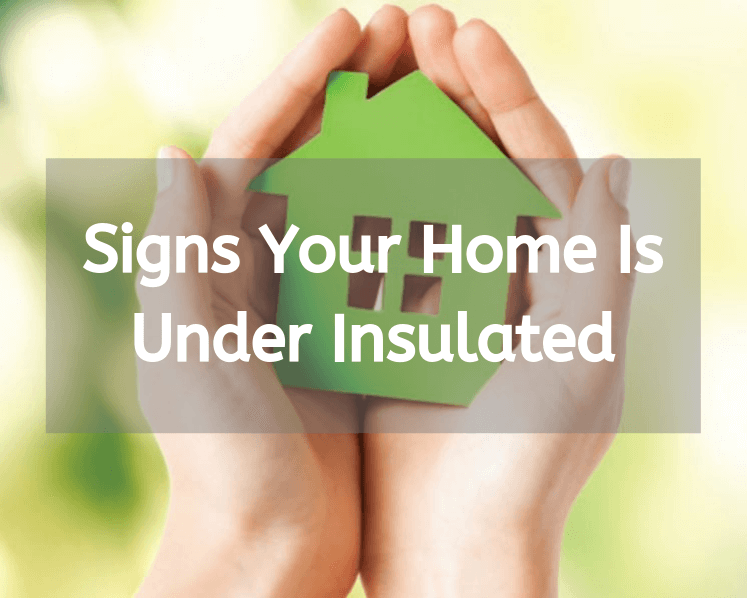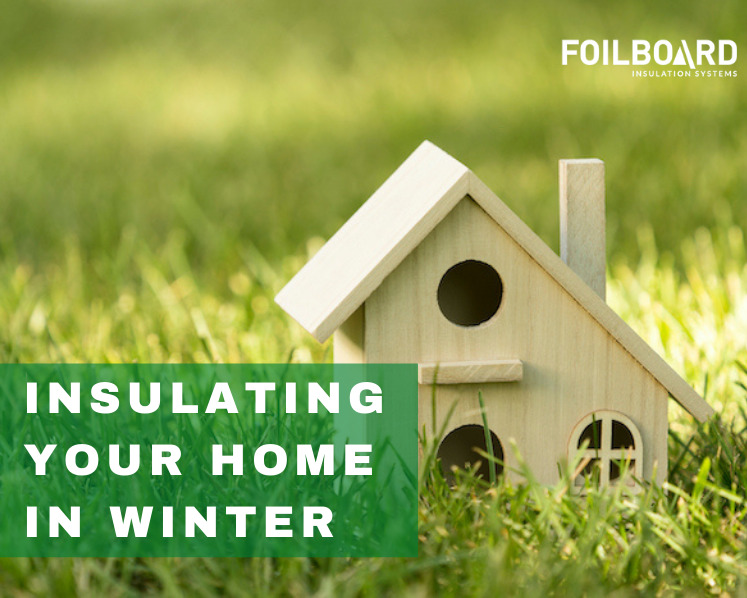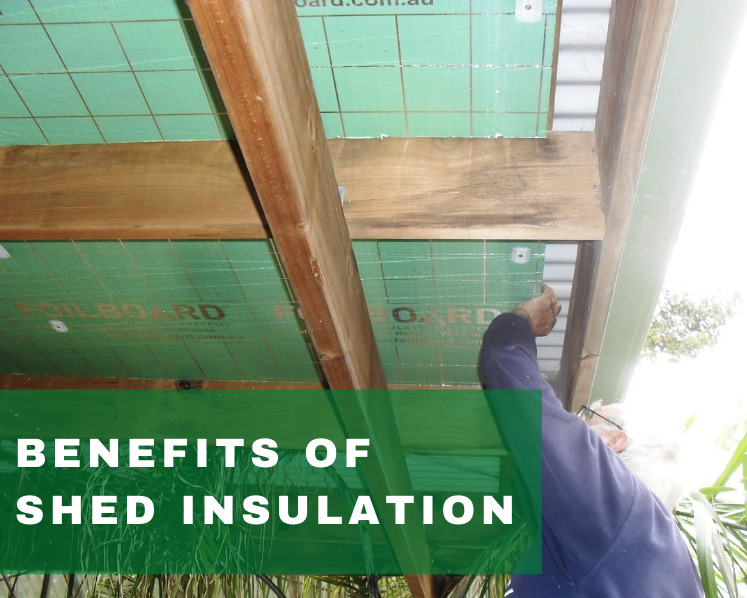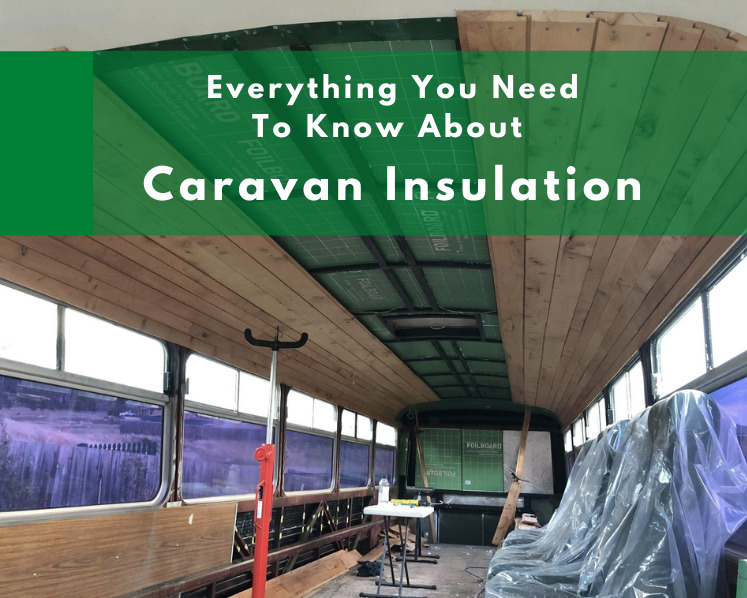
Whether you’re in the grip of a searing hot summer or the throws of a freezing cold winter season; one thing is for sure—you want to ensure that your home can regulate its climate itself, maintaining a really pleasing and comfortable temperature all year round.
Whilst there are a number of ways to maximise your home’s ability to stay temperate, none offer such high thermal efficiency combined with the unparalleled economy as insulation. Foil insulation, in particular, offers a great mix of performance and cost-saving.
If you are looking to increase your personal comfort and the quality of living for your family by making your home environment more conducive to comfort, you should consider insulation. If you have old insulation, or just had the basic requirement installed when building; there’s a good chance you have less insulation than you need for maximum efficiency.
If you’re unsure whether or not your home is under-insulated, here are 11 handy signs that indicate your home might indeed be.
11 Signs Your Home is Poorly Insulated and How To Improve It
#1: Higher Than Necessary Energy Bills
If you have insulation installed in your home, especially the blow-in stuff in your attic, you can tell if your home is under-insulated by inspecting your energy bills over the past few years. If there has been a gradual increase in costs, there is a good chance that your thermal protection has become less and less effective over time, and you’re in need of new insulation.
While the changes in your insulation’s ability to regulate comfortable temperatures may have happened so slowly that you didn’t notice, it is easy to spot a pattern by going over your energy bills. If this is the case, it is a good idea to invest in more insulation.
#2: High-Temperature Variations Between Rooms
An excellent sign that your home has lost thermal efficiency and is now under-insulated is when you move from room to room and notice a strong variation in temperature. Obviously, if you have a window open in one room and not the other, that is an exception.
However, all things equal, your house should generally be pretty consistent across the board. If you notice a strong distinction in temperature, it’s a potential signal that your home needs to be re-insulated.
#3: Cold Drafts
Have you ever walked into a room with the doors and windows closed, yet still experienced the sensation of a cool breeze? This is a phenomenon that commonly occurs when there are gaps around door and window frames.
Door and window frames are great spots to insulate with either sheets or spray insulation. Sealing off these areas will provide your home with excellent thermal efficiency.
#4: High Fluctuations in Temperature
Do you notice that your home’s temperature is extremely conducive to changing based on external weather fluctuations? Without insulation, a home is susceptive to extreme temperature changes that correlate with changes in the climate.
If you find that the outer conditions are entirely too influential on your home’s temperature, it’s time to consider adding insulation to your property.
#5: Cold Floors, Ceilings and Walls
The first line of protection against external weather conditions penetrating a home is the structure. When floors, ceilings and walls are cold to touch, it’s a sure-fire sign that your home is under-insulated. All these parts of your home should feel dry and warm.
Conversely, your external walls should be cold, as great insulation keeps the warmth within your home. If your floors, ceilings and walls feel cold, it might be time to up the insulation.
#6: Frozen Pipes
If you live in an area that can reach freezing temperatures, having an under-insulated home means that you’ll probably catch frozen pipes. This can cause more than just excessively cold water from your taps.
Frozen pipes can burst and cause unnecessary damage. If your pipes are freezing over, you are definitely under-insulated at home. Time to invest in more insulation.
#7: Water leaks in The Attic
Puddles of water in your attic most likely indicate a water leak. While this can be attributed to a range of reasons, it is likely that poor insulation is contributing. In the same way that poor insulation lets heat out of a home, it tends to let water in. Water leaks in the attic might be an indicator that it’s time to re-do your insulation.
#8: Ice Dams on The Roof
If you live in freezing temperatures, you’re probably familiar with ice dams. Ice dams occur when the heat from your home escapes through the roof and starts to melt the snow sitting atop. This snow (now liquid) will slide down the roof, and as it goes back into the freeing atmosphere, turn into ice dams, which are basically oversized icicles. If you see these surrounding your gutters and eaves, you probably have poor insulation and need a top-up.
#9: Mice and Bugs on Your Property
It’s usually pretty shocking to see mice or lost of bugs on your property. It goes without saying that if you spot rodents, you will automatically take notice. A lot of the time, mice and bugs will enter your property through the gaps in door and window frames. Without insulation, this is possible.
If you see mice and bugs, you might want to insulate these areas of your home. You’ll not only keep your home rodent and pest free, but you’ll keep internal temperatures in a desirable place.
#10: Home Stays Cold Regardless of Heater Being On
Do you ever turn the heater on in winter and it’s still not enough to keep you warm? This is definitely a sign that your home is under-insulated. Heaters should act to complement good insulation, and not have to carry the whole load themselves.
#11: Home Gets Excessively Hot in Summer
Is your home getting extremely hot in summer? You probably need to invest in foil insulation, which acts to reflect heat rays away from your home and back into the atmosphere. If you are boiling when temperatures soar, it might be time to up the insulation in your home.
With the help of this knowledge, you are now well equipped to assess whether or not you need new insulation in your home. These eleven indicators are a surefire way to diagnose whether or not your home is under insulated. For more information on insulation, how to acquire it, and how it will benefit you; call us today on 1800 354 717.
After reading this, do you suspect your home is under-insulated? Let us know by leaving a comment below.
Related Posts:
Insulation R-value Explained
How Much Does Insulation Cost in Western Australia?
Insulation Types Comparison – What is The Best Insulation A House?
Important Things to Know Before Buying Insulation
Reasons Why Insulation is Important in Our Homes
Reasons to Insulate Your Home This Year
Important Things You Should Know About Insulation
What is the Best Type of Insulation for a Home?
What is the Best R Value for Insulation?
Insulation Types and Costs






